Alchemy, derived from the Arabian phrase, “al-kimia”, is an ancient type of chemistry that tapped into the qualities of substances.
The symbols relating to alchemy have been around for centuries and seem to contain a mystical element to them that piques people’s interest.
If you’ve ever seen these symbols before, you might be pondering their meaning.
In this article, we’re going to talk about 21 alchemy meanings, their pictorial references, and much more.
What Is Alchemy?
Depending on who you speak to, alchemy is considered either a branch of science or philosophy.
It was practiced in Europe, Asia, and Africa but actually originated in early AD times in Greece, Rome, and Egypt.
Alchemists in these times had a few goals including:
- Craft an elixir for eternal health and youthfulness
- Craft the Philosopher’s Stone which was said to turn lead into gold and provide immortality
- Change metals into gold
If someone achieved these goals, wealth and fame came to the alchemist.
The majority of them cheated to claim they did it. Thus began the slow decline of the integrity of mainstream alchemy.
How Many Alchemy Symbols Exist?
Alchemists have always used symbols to depict specific elements.
Generally speaking, each symbol contains a clue to the history of the corresponding substance.
Originally, alchemy took a lot of information from astrology, so several symbols are connected to celestial entities.
These days, people love them for their history and quirky designs.
So, let’s take a look at some, shall we?
21 Alchemy Symbols & Their Meanings:
#1 Potassium Carbonate (Potash)
Potash is a naturally occurring salt that is used for a variety of purposes, including the production of glass, soap, as well as helping the dough to rise while baking.
Potash was also widely used in alchemical processes.
Today, potash is still used in a variety of industries, including as a fertilizer and as a cleaning agent. It is also used in the production of glass and ceramics.
#2 Gold
Gold is the most precious of all metals.
In numerous cultures, the Sun is associated with or symbolizes gold.
In addition, gold symbolizes humankind’s goal to obtain perfection in spirit and mind. Also, it represents perfection.
As a transitional metal, gold is symbolic of flexibility on our spiritual path.
#3 Silver
Silver is one of the most well-known and precious metals, and it has been used for various purposes since ancient times. Some symbolic meanings of silver include:
- strength;
- purity;
- vision;
- clarity;
- persistence;
- awareness;
- femininity;
- focus.
Silver is the metal of sensitivity and emotions, and it will mirror your soul’s search for sacred space.
#4 Zinc
Zinc is known as a metal chemical element.
Dreams, where zinc is featured, symbolize the authority of the self. Zinc can be used to boost fertility, grief, and property rituals.
#5 Iron
Iron has been universally perceived as the symbol of human strength, fortitude, obstinacy, courage, honor, and sharpness.
In addition, iron represents male energy and is connected to aggression, physical power, dependence, growth, and protection.
#6 Salt
For a long time, salt was money for exchange. Actually, the word “salary” comes from the Latin “salarium” as the Roman soldiers were paid in salt.
Salt is essential for life. It represents taste, enables food to be conserved, and mummifies bodies.
#7 Magnesium
Magnesium is responsible for over 300 enzymatic reactions in the human body. It’s found in your brain, bones, tissues, and muscles.
This mineral is the 2nd most abundant ionically charged mineral in the cells next to potassium, and is the fourth most abundant mineral in the human body, after calcium, phosphorous, and potassium.
#8 Philosopher’s Stone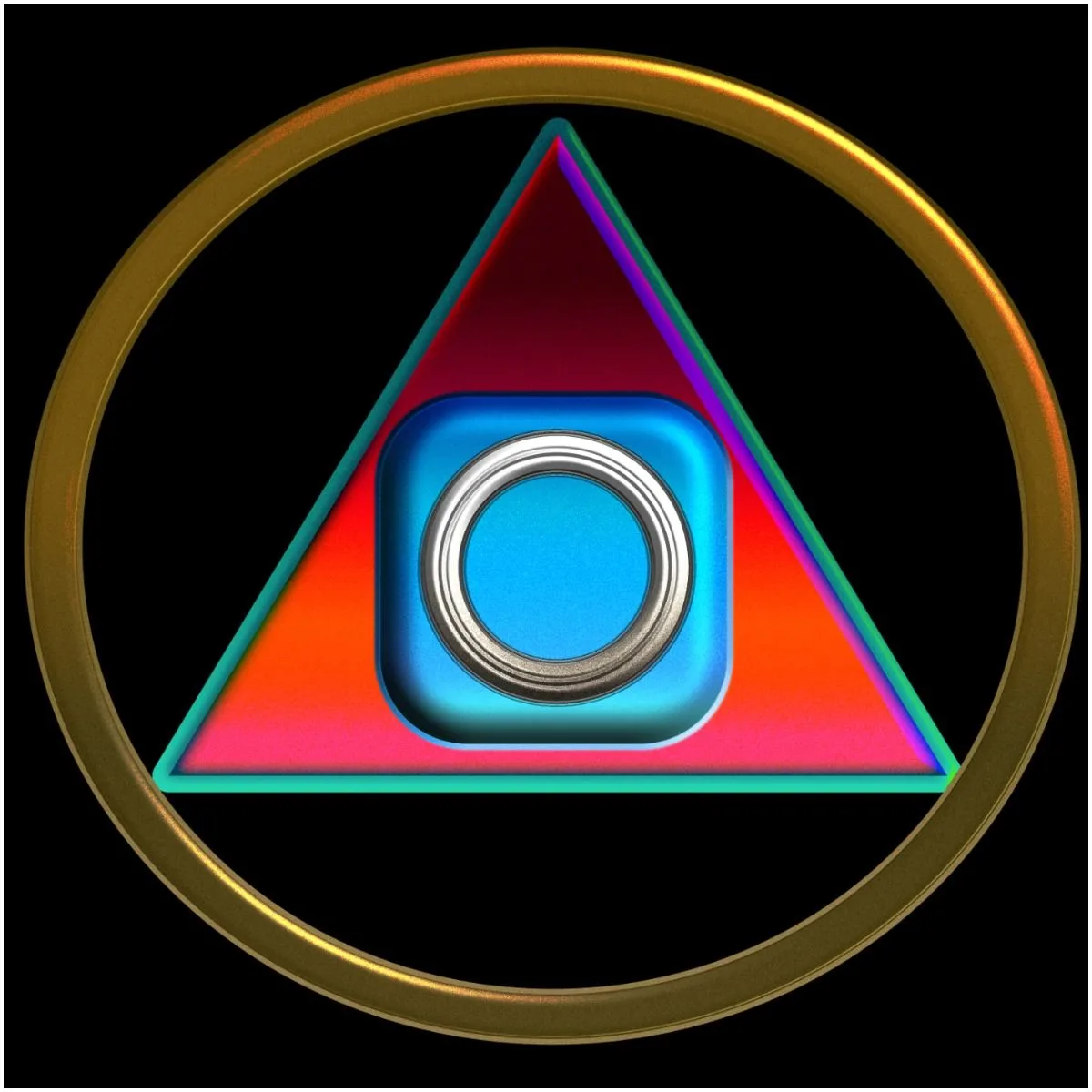
The philosopher’s stone is a legendary substance, which was sometimes believed to be an elixir of life.
The philosopher’s stone is thought to be used for rejuvenation and possibly for achieving immortality.
Moreover, it was believed that this stone had the power to cure any type of disease, hence, offering the gift of immortality to the person who carried it.
The philosopher’s stone is also capable of turning base metals such as mercury into gold or silver.
#9 Water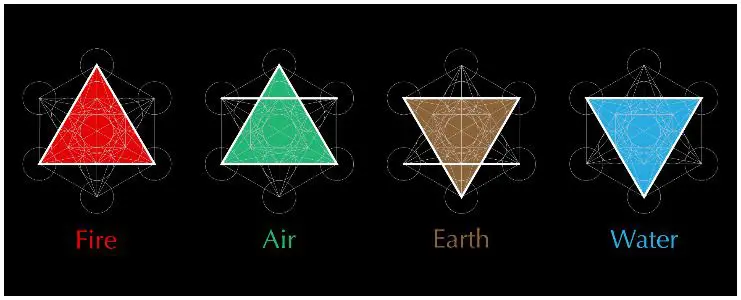
Symbolically, water is frequently viewed as the source of life itself as we see evidence in countless creation myths in which life emerges from primordial waters.
In Christianity, water can be ritually blessed and serve as a spiritual symbol of God’s protection over a person touched by this Holy Water.
#10 Bismuth
Bismuth is a crystalline, brittle metal that is silvery-white with an iridescent hue.
Its symbol appears in texts, usually as a circle topped by a semicircle or as a figure 8 open at the top.
Bismuth stimulates vitality and energy and can help you to achieve your goals, particularly when working as part of a team.
As a healing crystal, bismuth lessens catatonic states and has been used to diminish fevers.
#11 Antimony
Antimony symbolizes the call of the wild. Also, the symbol is worn when someone wants to embrace their animal power.
#12 Air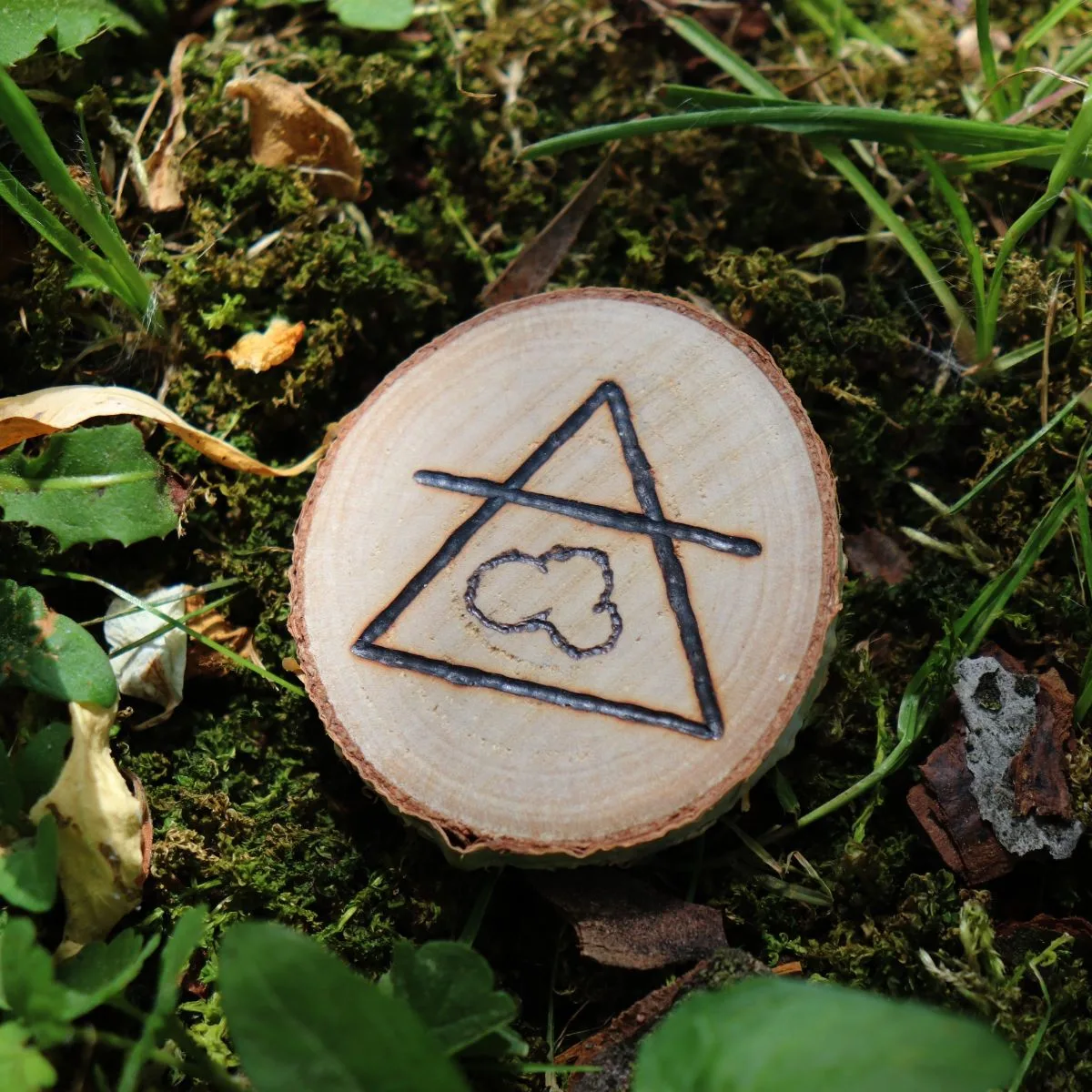
The alchemy symbol for air is an upright triangle with a horizontal bar. Air is the element of youth, increase, new beginnings, and creativity.
Air is associated with the waxing moon, spring, and sunrise. Air’s corresponding direction is East and is associated with the Spring season.
#13 Phosphorus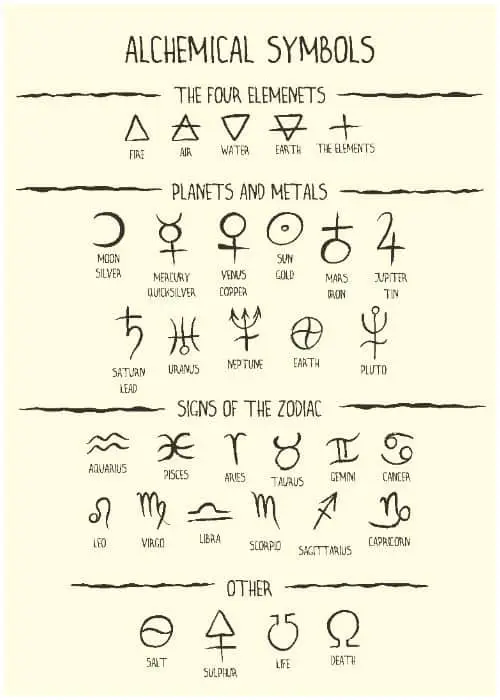
Phosphorus was an ancient name for planet Venus when seen before sunrise.
Phosphorus was of interest due to its apparent ability to contain light, as evidenced by its glow-in-the-dark phosphorescence of phosphorus compounds.
#14 Mercury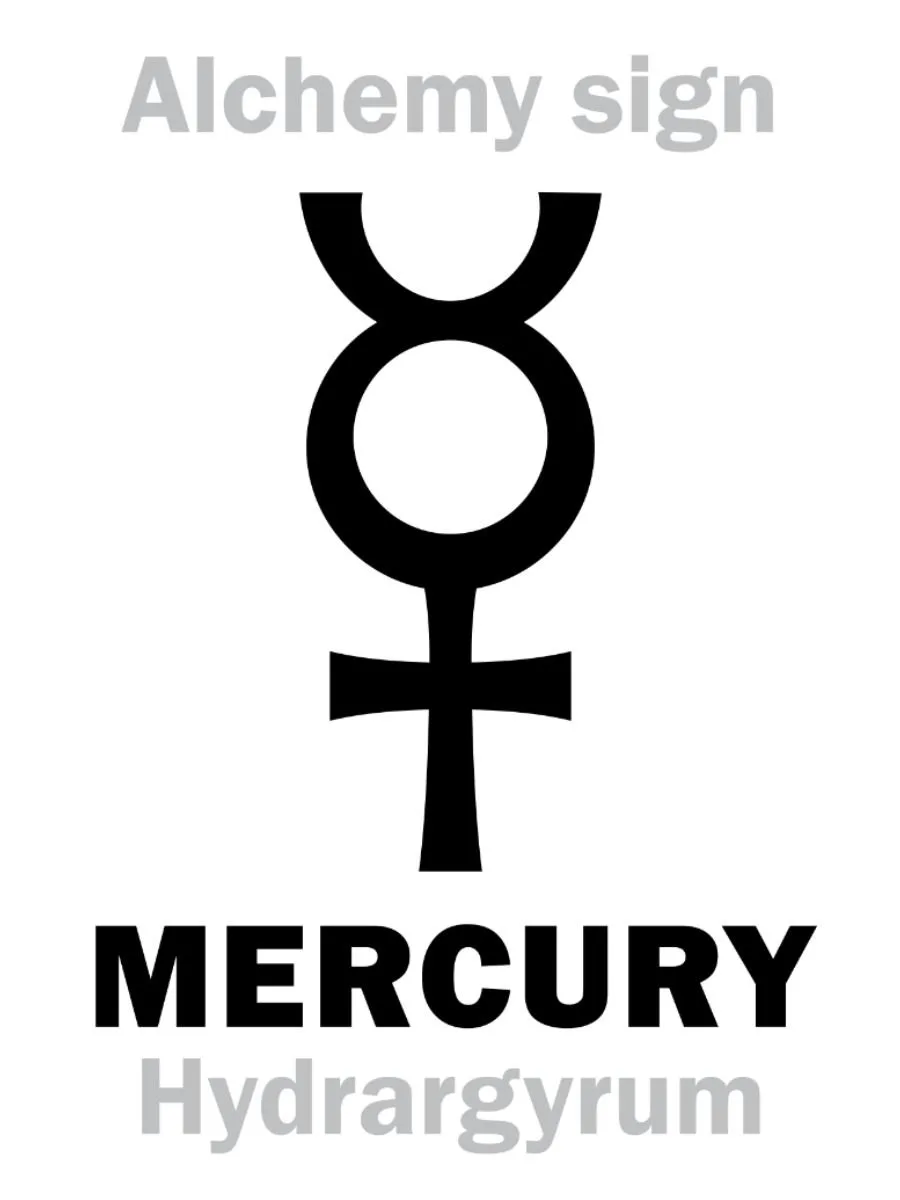
Mercury (Latin name hydrargyrum), also referred to as “quicksilver,” (a reference to its mobility), was one of the central elements in Western alchemy.
#15 Tin
Tin is a chemical element with the symbol Sn and has atomic number 50. Tin is representative of Jupiter.
This element is associated with balance, mediation, and a philosophical view of life. Additionally, this element embodies logic, education, wisdom, knowledge, and maturity. It is thought that tin is the metal of scholars and sages.
READ MORE: 11 Ways To Tame Your Monkey Mind
#16 Arsenic
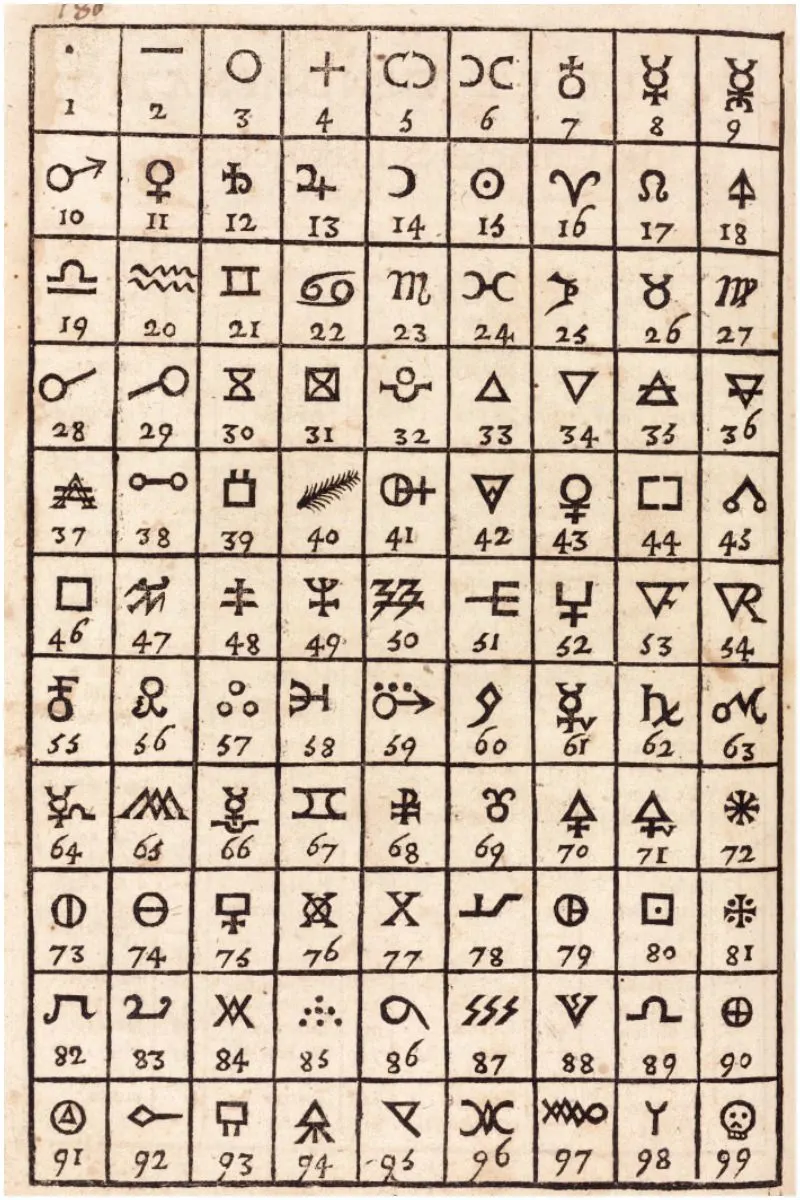
Table showing the various Hermetic symbols used in alchemy. Illustration from ‘Le Vray et Methodique Cours de la Physique Resolutive Vulgairement dite Chymie’, by Annibal Barlet, published in Paris in 1657. – Getty Images
Arsenic is a chemical element with the atomic number 33 and symbol As. Arsenic is a natural component of the earth’s crust and is widely distributed throughout the environment in the land and air.
Arsenic is naturally present at high levels in the groundwater of a number of countries. In ancient alchemical rituals, arsenic was used for both magical and medicinal cures.
#17 Sulfur
Sulfur is a chemical element with the atomic number 16 and the symbol S. The name Sulphur is derived from the Latin word “sulphur,” which means “to burn.”
This element is historically referred to as ”brimstone” most likely due to the association with an odor of rotten eggs.
Sulfur helps to remove emotions, negative thoughts, and barriers to progress.
READ MORE: Spiritual Meaning Of Numbers 1-9
#18 Lead
Lead is a chemical element with atomic number 82 and symbol Pb. It is toxic to humans. Lead represents the evil of the exterior natural world.
#19 Earth
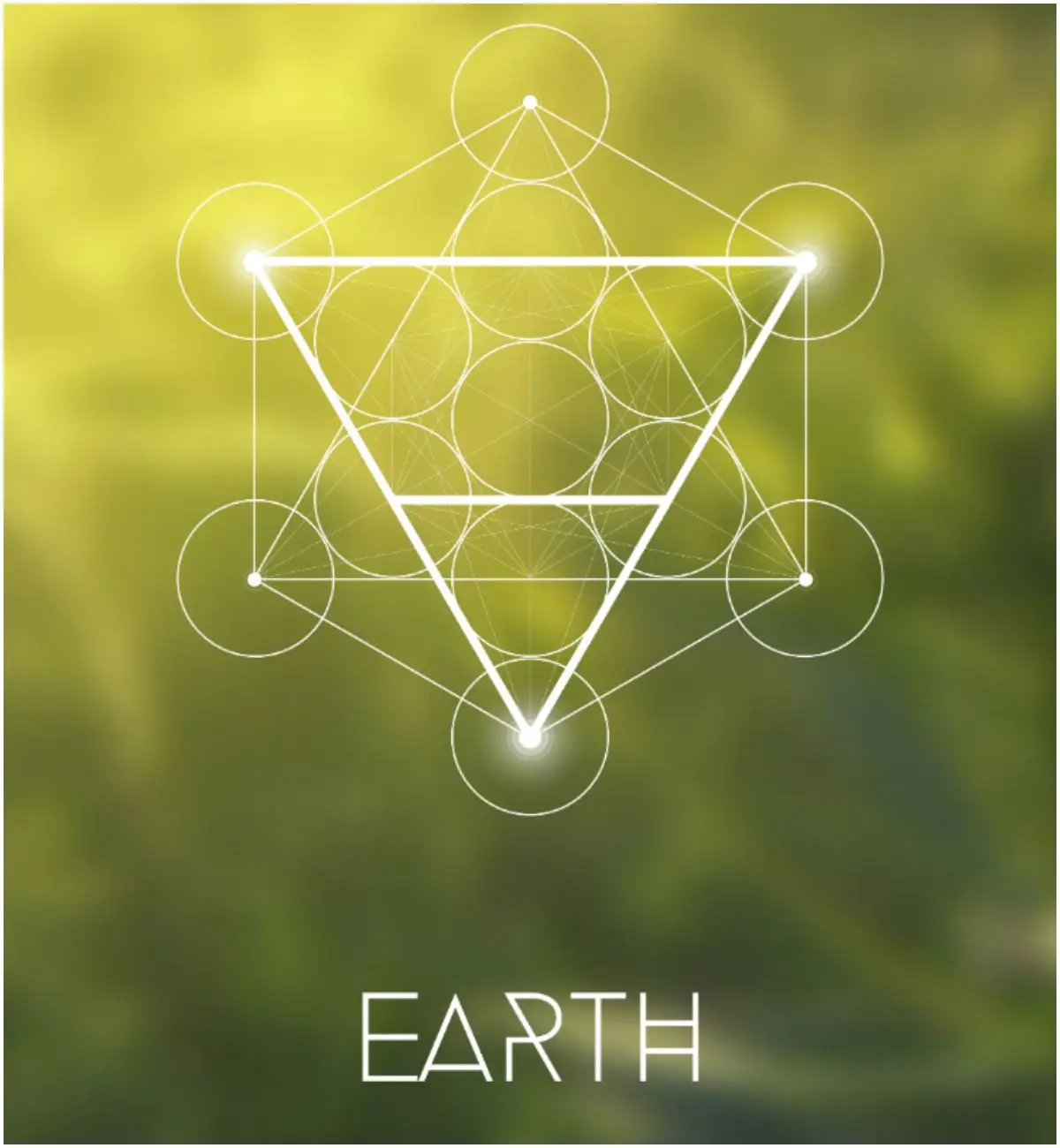
Veronika By/Shutterstock.com
This element is symbolically described by an inverted triangle with a horizontal line running through it.
Earth is the element of groundedness, fertility, stability, potential, materiality, and stillness.
READ MORE: Religious Symbols Meanings
#20 Fire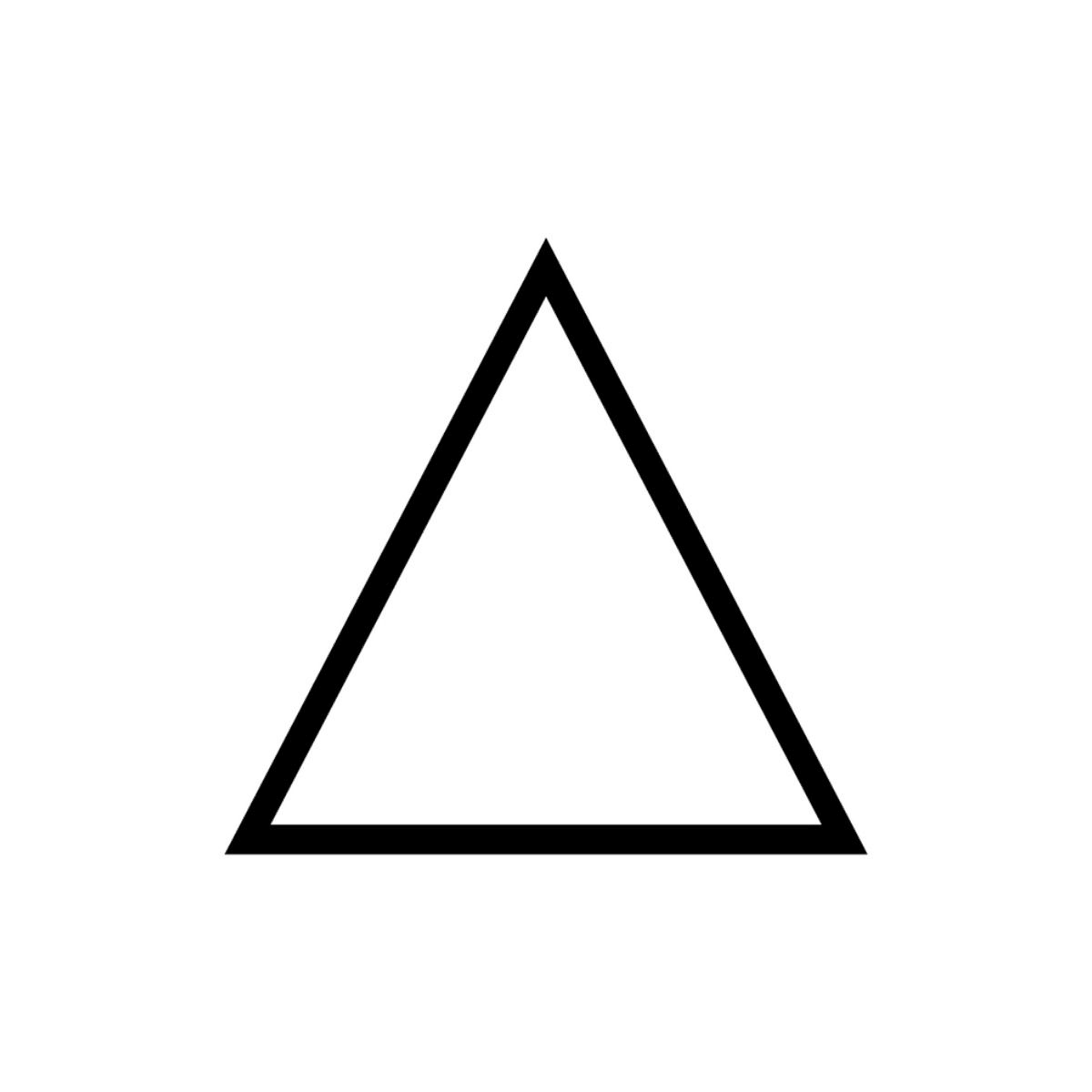
Fire is traditionally seen as the most spiritual of the physical elements due to its masculine properties.
Fire is often shown to depend on our “care” in order to survive.
In alchemy, fire is a catalyst for both initiating and completing metaphysical demonstrations.
#21 Platinum
Platinum is a chemical element with atomic number 78. The symbol for platinum is Pt, and it comes from the Spanish ”platina” meaning “little silver.”
This element aligns with the entire chakra system.
Here’s a quick recap of the 21 alchemy symbols:
- Potassium Carbonate (Potash)
- Gold
- Silver
- Zinc
- Iron
- Salt
- Magnesium
- Philosopher’s Stone
- Water
- Bismuth
- Antimony
- Air
- Phosphorus
- Mercury
- Tin
- Arsenic
- Sulfur
- Lead
- Earth
- Fire
- Platinum
Images credit – Shutterstock
READ THIS NEXT: 11 Celtic Symbols
References https://www.cam.ac.uk/subjects/alchemy https://www.livescience.com/39314-alchemy.html
- About the Author
- Latest Posts
As a founder and chief author at InsightState.com, Bulgarea Candin helps readers on their spiritual journeys. His writings are designed to inspire creativity and personal growth, guiding readers on their journey to a more fulfilled and enlightened life.




